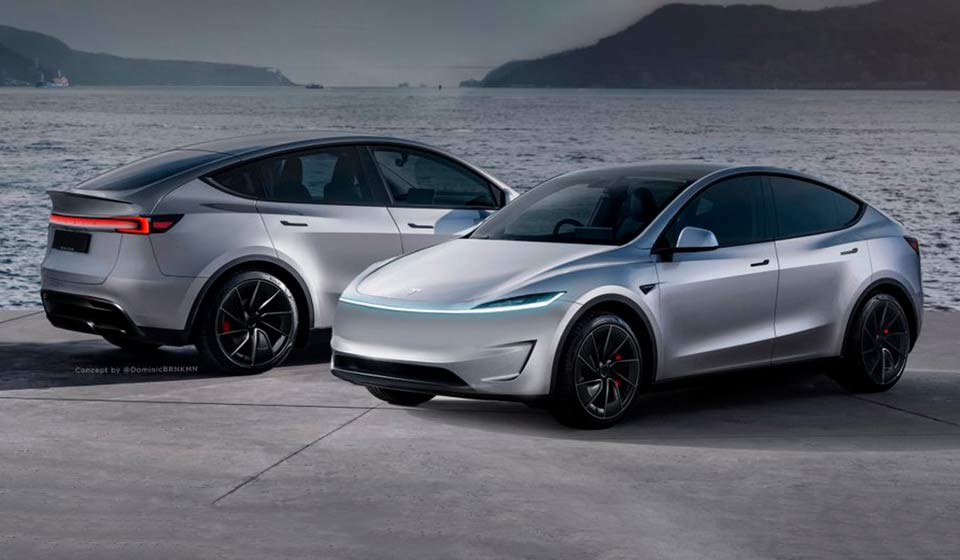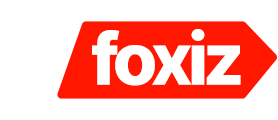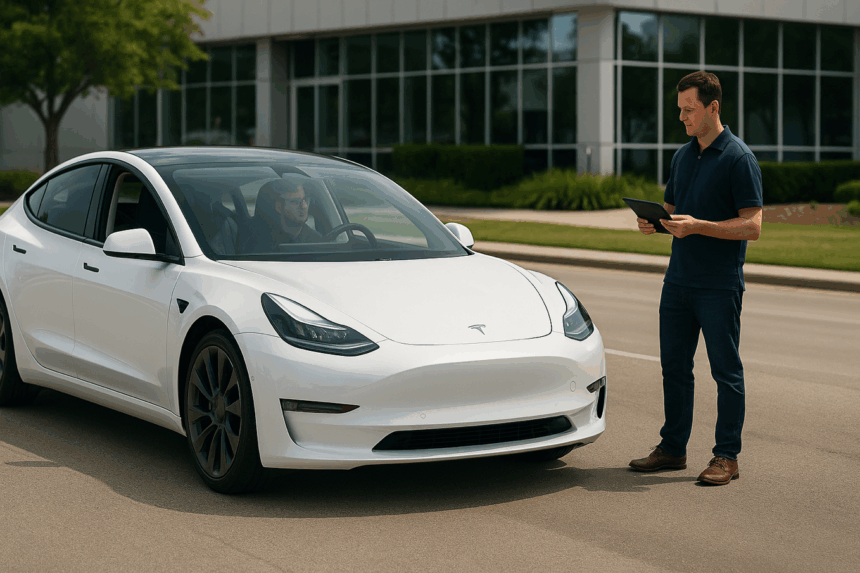Tesla recently announced a major milestone: it completed its first fully autonomous vehicle delivery directly from its factory to a customer’s home. This means the car drove itself, without anyone inside or remotely controlling it, covering city streets, highways, and parking lots. Elon Musk, Tesla’s CEO, proudly shared the news on X, calling it a historic achievement in self-driving technology.
What’s Happening & Why This Matters
Tesla’s new Model Y drove about 30 minutes from the Gigafactory in Austin, Texas, to a customer’s house with zero human intervention. The journey involved navigating through busy parking lots, highways at speeds of up to 72 miles per hour (116 km/h), and city streets. Elon Musk emphasized that no one was inside or remotely operating the car during this trip.
This event is a key step in Tesla’s push toward full self-driving capability. Delivering vehicles autonomously could reduce costs and streamline the customer experience. It also indicates progress toward Tesla’s broader vision of a robotaxi fleet that can transport people without drivers.
However, the claim of a “fully autonomous delivery” on public roads has sparked debate. Some EV industry sources and media, like Electrek, point out that Tesla is not the first company to operate driverless trips on highways. Waymo has offered fully autonomous rides to employees in Phoenix since early 2024. Aurora, an autonomous freight company, has run fully driverless deliveries between Dallas and Houston since May 2025.

Despite these precedents, Tesla’s achievement stands out because it involves a factory-to-door delivery with no safety driver or remote operator, which is rare in real-world testing.
The announcement comes amid growing scrutiny of Tesla’s robotaxi rollout in Austin. The US National Highway Traffic Safety Administration (NHTSA) recently contacted Tesla regarding videos that showed robotaxis violating traffic laws. One clip showed a Tesla robotaxi driving on the wrong side of the road. Another revealed abrupt braking when passing a police vehicle. These incidents have raised questions about the safety and reliability of Tesla’s current autonomous systems.
Tesla engineer Ashok Elluswamy shared technical details on X, confirming the vehicle reached highway speeds of 72 mph during the trip. This performance demonstrates the system’s ability to handle fast, complex traffic scenarios.
While Tesla celebrates this milestone, the company faces pressure from regulators, competitors, and consumers. Others in the self-driving space continue to test and deploy their own autonomous vehicle services, often with extensive safety monitoring.
Tesla’s journey points to a future where cars not only drive themselves but can also deliver themselves directly to customers. If perfected, this innovation could redefine the entire car sales, service, ownership, and transportation experience.
TF Summary: What’s Next
Tesla’s “fully autonomous delivery” represents progress in self-driving technology, but it also presents ongoing challenges. Safety concerns with Tesla’s robotaxi fleet suggest more work is needed to ensure reliability on public roads. Meanwhile, competitors like Waymo and Aurora continue advancing their autonomous programs.
Tesla will further refine its systems and expand its autonomous deliveries. Regulatory scrutiny will intensify as these technologies approach widespread use. Consumers and industry watchers should expect a dynamic race toward safe, fully driverless vehicles and services.
— Text-to-Speech (TTS) provided by gspeech


